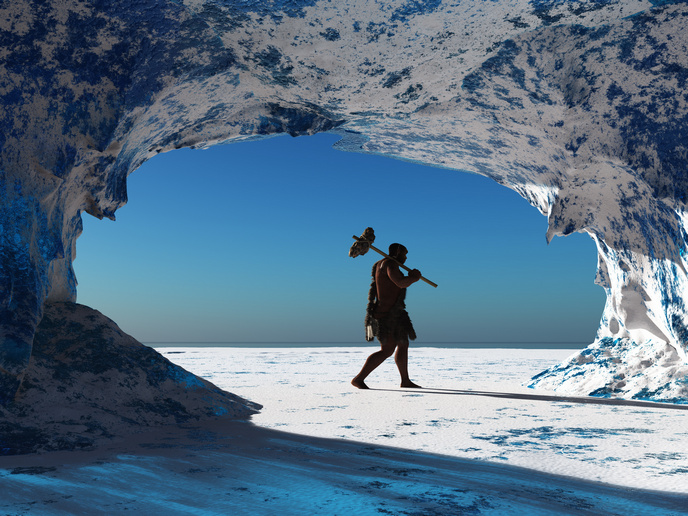What triggered the end of the ice age?
“Ice ages are determined by the position of the Earth around the Sun, essentially what we call orbital configurations, or Milankovitch cycles,” says Frerk Pöppelmeier, a researcher in Climate Dynamics at the University of Bern. Milankovitch cycles are long-term climate cycles determined by Earth’s orbit, the elliptical shape of its orbit, and the shift in the tilt of the planet as it travels. These movements all change how much sunlight reaches Earth, and the length of our seasons (measured from one solstice to the next). Conditions that result in short, cold summer seasons in the northern hemisphere allow snow to accumulate on land year after year. Conversely, if Earth’s orbit and tilt conspire to create longer, warmer summers in the northern hemisphere, this build-up of snow and ice melts. “All ends of ice ages coincide with increasing summer temperatures and more sunlight reaching northern high latitudes,” explains Pöppelmeier. A second reason is the properties of large, continental ice sheets. The bigger they are, the more unstable they become, as their immense weight causes the bottom of the ice sheet to melt, allowing them to slide off the bedrock. At some point, it only takes a small increase in temperatures to cause these ice sheets to collapse. Ocean currents also play a part, as these transfer heat around the planet. One major current system, the Atlantic Meridional Overturning Circulation (AMOC), brings warm waters northward in the Atlantic, with strong impacts on the global climate. There is growing concern that this heat transfer system may be slowing due to global warming, and it could even collapse entirely. This scenario could bring about a new ice age, (memorably dramatised in the 2004 science fiction film ‘The Day After Tomorrow’). Overall, ice ages are the product of several different processes, all acting at different planetary (and interplanetary) scales.
Searching for a trigger
In the CliMoTran project, which was funded by the Marie Skłodowska-Curie Actions programme, Pöppelmeier explored a mysterious shift in the pacing of ice ages through Earth’s history. The period between ice ages once lasted around 41 000 years, but around 1 million years ago, this pacing slowed to around 100 000 years – a shift known as the Mid-Pleistocene Transition. Using state-of-the-art computer modelling, Pöppelmeier looked at the state of the ocean circulation during this transition, and found there to be no singular trigger, but rather multiple overlapping effects – including the concentration of greenhouse gases in the atmosphere. Intriguingly, it’s thought that several times during Earth’s history, our planet – or at least nearly all continental land – was mostly covered in snow and ice, periods known as ‘snowball Earths’. These might have arisen by greenhouse gas concentrations in the atmosphere falling to very low levels. The opposite appears to be happening today, as we continue to flood our atmosphere with greenhouse gases from the burning of fossil fuels. Research suggests we have delayed the onset of the next ice age, one which may have started in the next 10 000 years or so. “We are now perturbing the system so much with the anthropogenic greenhouse gas emissions, that basically we skipped the next ice age, minimum,” adds Pöppelmeier. “If we continue emitting CO2, we might never get an ice age again in the foreseeable future.” Click here to find out more about Frerk Pöppelmeier’s research: Why Earth’s interglacial periods suddenly changed



